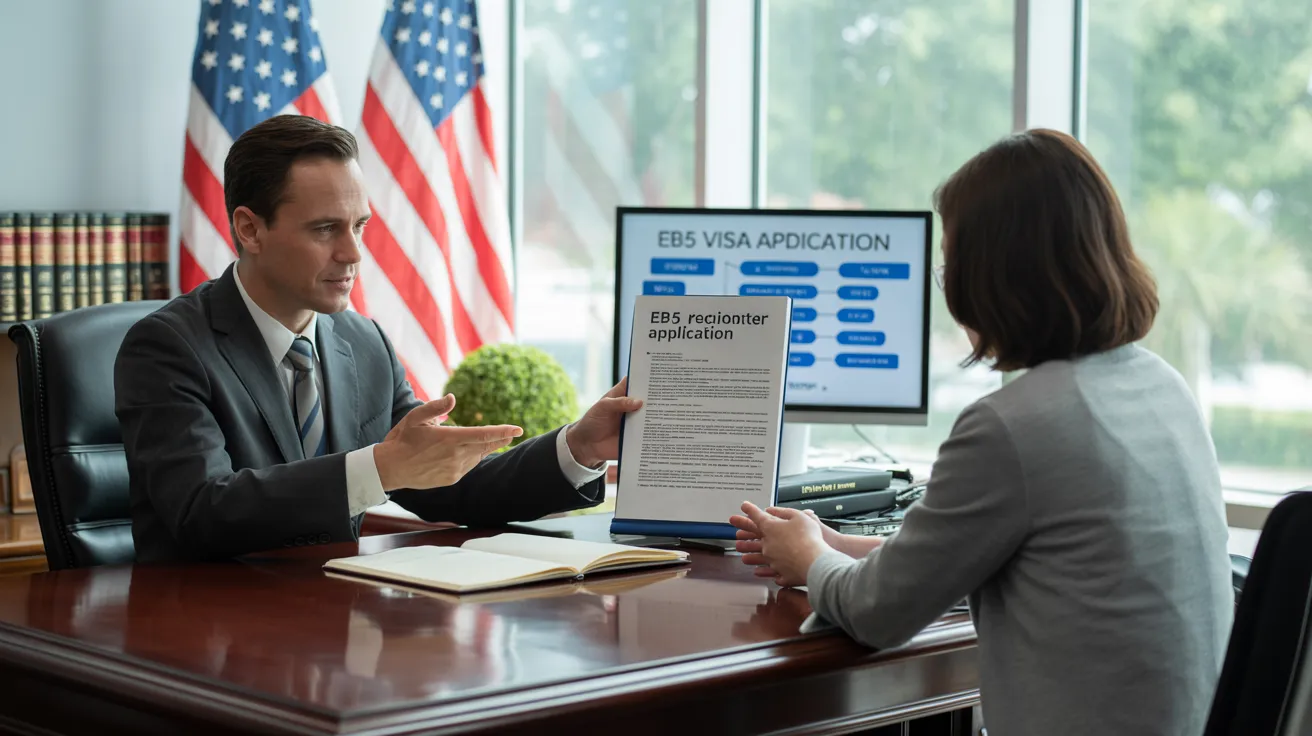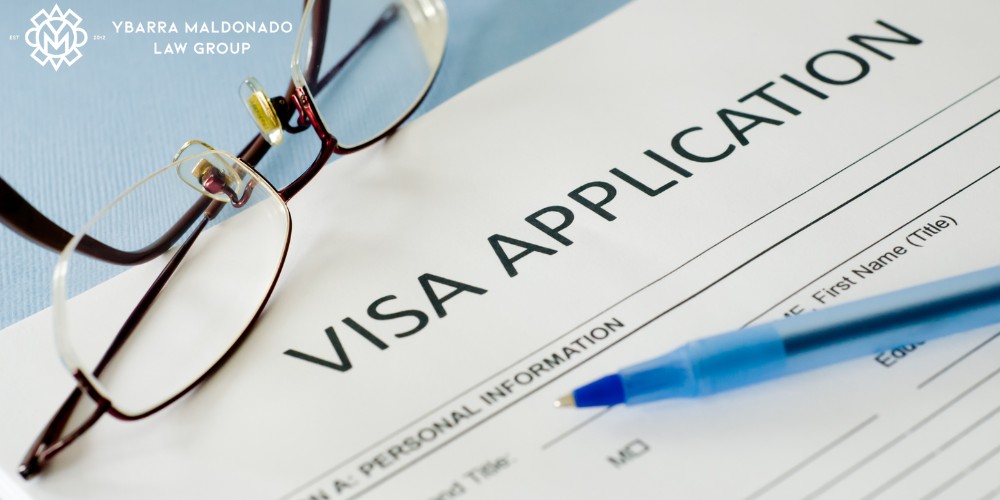L1 Visa for Beginners
Table of ContentsFacts About L1 Visa UncoveredIndicators on L1 Visa You Should KnowEverything about L1 VisaA Biased View of L1 VisaL1 Visa Fundamentals Explained6 Easy Facts About L1 Visa Shown
Readily Available from ProQuest Dissertations & Theses International; Social Scientific Research Costs Collection. DHS Workplace of the Assessor General. Retrieved 2023-03-26.
United State Division of State. Retrieved 2023-02-08. Tamen, Joan Fleischer (August 10, 2013).
Facts About L1 Visa Uncovered
In order to be eligible for the L-1 visa, the international business abroad where the Beneficiary was utilized and the United state firm must have a qualifying connection at the time of the transfer. The different types of certifying connections are: 1.
Example 1: Business A is included in France and employs the Beneficiary. Company B is included in the united state and wishes to seek the Beneficiary. Firm A possesses 100% of the shares of Company B.Company A is the Moms And Dad and Business B is a subsidiary. Consequently there is a qualifying partnership in between the two firms and Business B need to have the ability to fund the Beneficiary.
Instance 2: Business A is integrated in the united state and intends to petition the Beneficiary. Company B is included in Indonesia and employs the Recipient. Company A has 40% of Business B. The remaining 60% is had and managed by Business C, which has no relationship to Firm A.Since Company A and B do not have a parent-subsidiary relationship, Company A can not sponsor the Recipient for L-1.
Instance 3: Company A is integrated in the U.S. and intends to petition the Recipient. Firm B is incorporated in Indonesia and employs the Recipient. Firm A has 40% of Firm B. The continuing to be 60% is possessed by Company C, which has no relation to Business A. Nevertheless, Business A, by official arrangement, controls and complete takes care of Firm B.Since Firm A has less than 50% of Company B yet takes care of and regulates the company, there is a qualifying parent-subsidiary connection and Company A can sponsor the Beneficiary for L-1.
The Single Strategy To Use For L1 Visa
Associate: An affiliate is 1 of 2 subsidiaries thar are both had and managed by the very same moms and dad or person, or owned and regulated by the exact same team of individuals, in basically the same proportions. a. Example 1: Business A is integrated in Ghana and utilizes the Recipient. Firm B is integrated in the united state
Firm C, also integrated in Ghana, possesses 100% of Firm A and 100% of Business B.Therefore, Company A and Business B are "affiliates" or sister business and a qualifying connection exists between both business. Firm B L1 Visa need to be able to fund the Beneficiary. b. Example 2: Firm A is integrated in the united state
Business A is 60% possessed by Mrs. Smith, 20% had by Mr. Doe, and 20% possessed by Ms. Brown. Firm B is integrated in Colombia and presently employs the Recipient. Firm B is 65% had by Mrs. Smith, 15% owned by Mr. Doe, and 20% possessed by Ms. Brown. Business A and Company B are associates and have a qualifying relationship in two various ways: Mrs.
The L-1 visa is an employment-based visa classification established by Congress in 1970, allowing multinational companies to move their supervisors, executives, or crucial employees to their united state procedures. It is commonly referred to as the intracompany transferee visa. There are two main types of L-1 visas: L-1A and L-1B. These kinds are ideal for staff members hired in various settings within a firm.

Furthermore, the recipient needs to have functioned in a supervisory, exec, or specialized staff member position for one year within the three years coming before the L-1A application in the foreign company. For new office applications, foreign employment needs to have remained in a managerial or executive capacity if the recipient is concerning the United States to function as a manager or executive.
Getting The L1 copyright Work

If provided for a united state firm functional for greater than one year, the first L-1B visa is for approximately three years and can be expanded for an additional two years (L1 Visa). Alternatively, if the united state company is recently established or has actually been functional for much less than one year, the initial L-1B visa is issued for one year, with expansions offered in two-year increments
The L-1 visa is an employment-based visa classification developed by Congress in 1970, enabling international companies to transfer their supervisors, executives, or key employees to their U.S. operations. It is commonly referred to as the intracompany transferee visa. There are 2 main sorts L1 Visa attorney of L-1 visas: L-1A and L-1B. These kinds appropriate for employees employed in various positions within a business.
The Facts About L1 Visa Revealed
In addition, the beneficiary should have operated in a managerial, exec, or specialized staff member setting for one year within the three years coming before the L-1A application in the international firm. For new office applications, foreign employment has to have remained in a managerial or executive capacity if the recipient is pertaining to the United States to work as a manager or exec.
for approximately 7 years to oversee the operations of the united state affiliate as an executive or manager. If provided for an U.S. business that has actually been operational for greater than one year, the L-1A visa is originally provided for up to three years and can be extended in two-year increments.
If granted for a united state firm functional for greater than one year, the preliminary L-1B visa is for approximately three years and can be expanded for an additional two years. Alternatively, if the united state firm is recently developed or has actually been functional for much less than one year, the first L-1B visa is provided for one year, with expansions available in two-year increments.